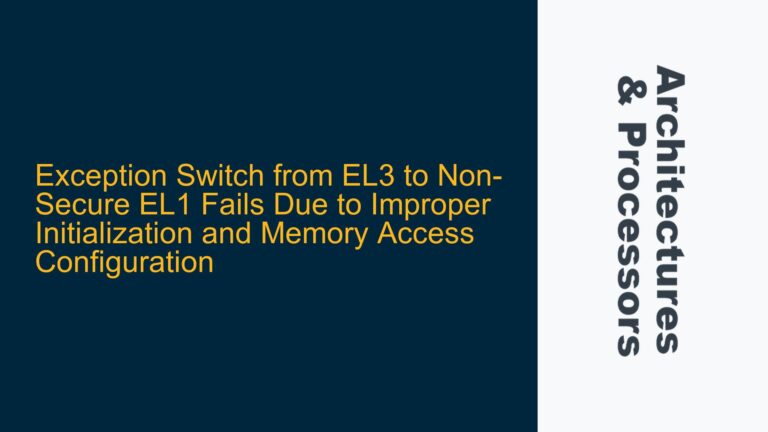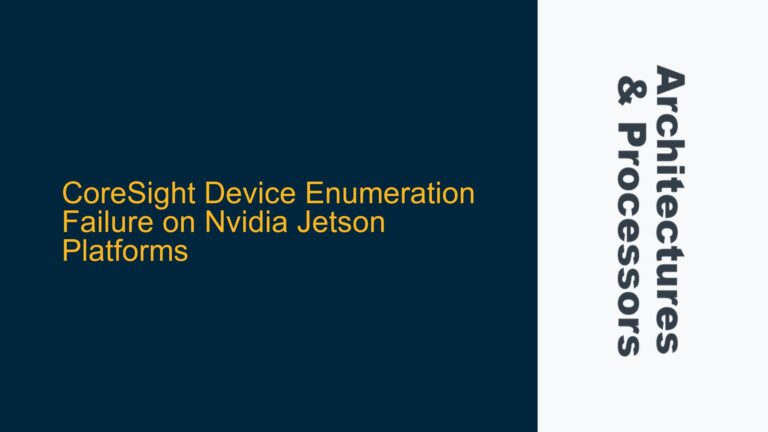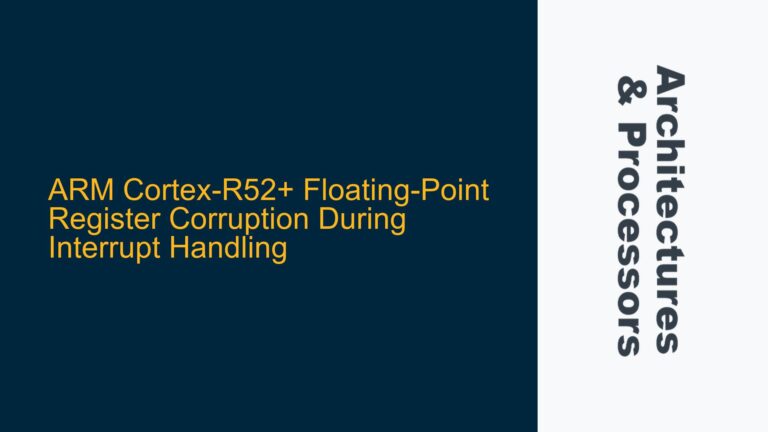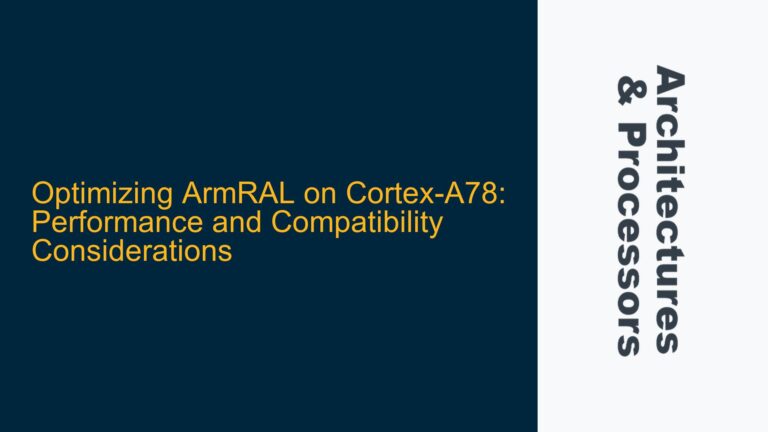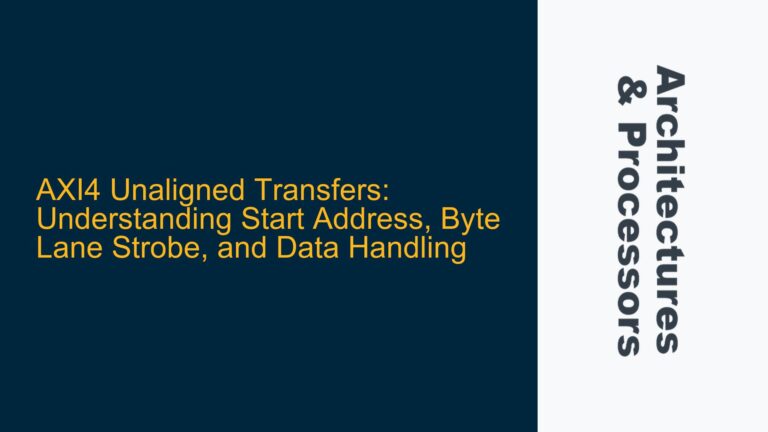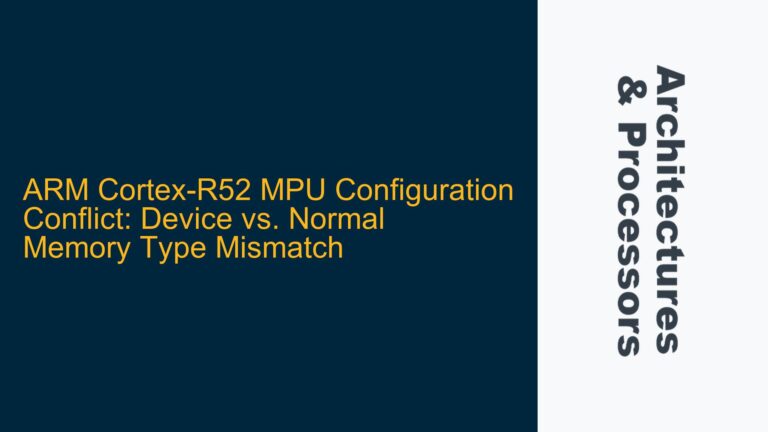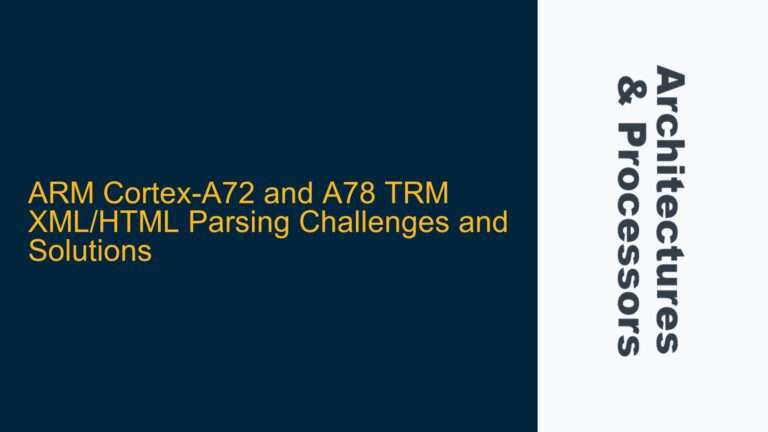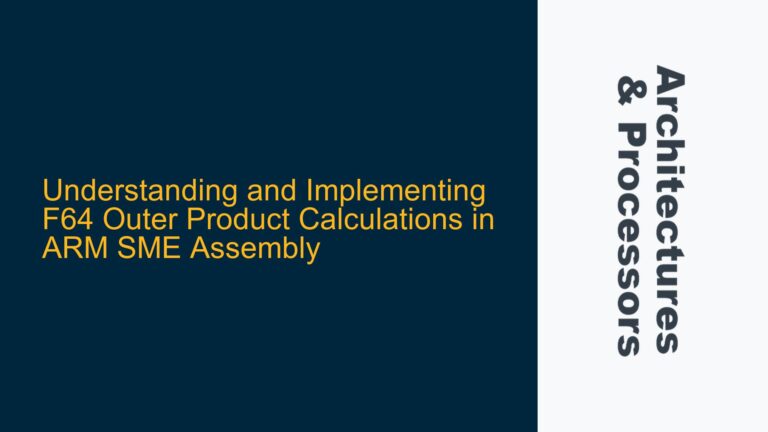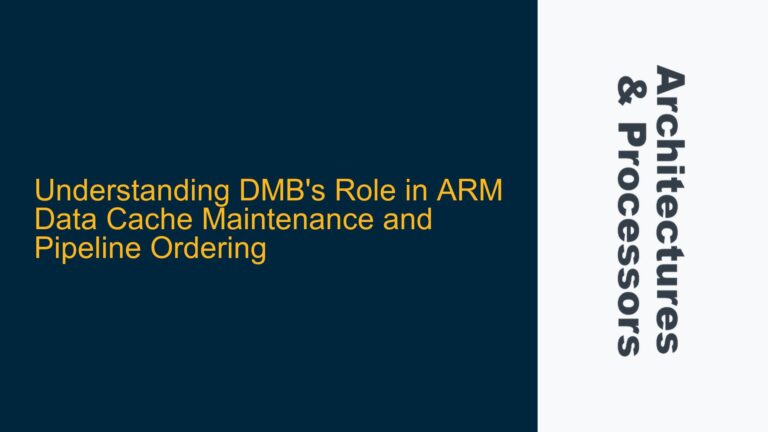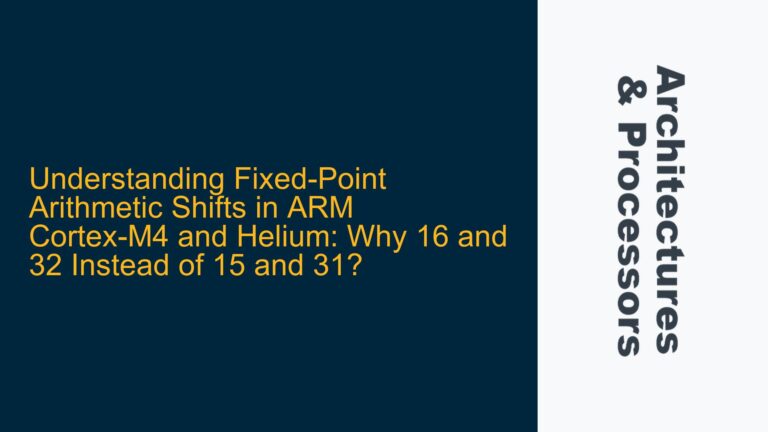Exception Switch from EL3 to Non-Secure EL1 Fails Due to Improper Initialization and Memory Access Configuration
EL3 to Non-Secure EL1 Transition Failure and Missing EL1 Entry Call When transitioning from EL3 (Exception Level 3) to non-secure EL1 (Exception Level 1) on an ARM Cortex-A55 processor, the CPU successfully switches to EL1h (non-secure mode), but the el1_entry function is never called. This issue is particularly perplexing because the same code works when…
